Mini hostas
valtorrez
14 years ago
Related Stories

GARDENING GUIDESNew Ways to Think About All That Mulch in the Garden
Before you go making a mountain out of a mulch hill, learn the facts about what your plants and soil really want
Full Story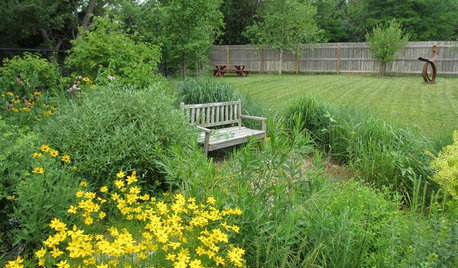
GARDENING GUIDESHow to Design a Garden That Lasts
Climates are changing. Wildlife is evolving. Can your garden keep up?
Full Story
EARTH DAYThe Case for Losing the Traditional Lawn
Work less, help the environment and foster connections by just saying no to typical turf
Full Story
EDIBLE GARDENSHow to Grow Your Own Sweet Summer Crops
This guide will help any gardener get started on growing the freshest warm-season veggies and berries for summer
Full Story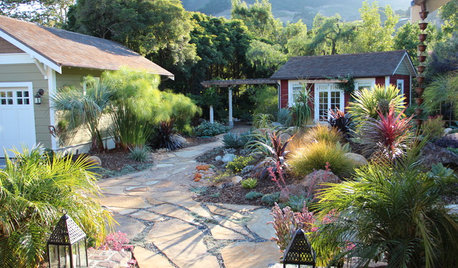
GARDENING AND LANDSCAPINGPave the Way to Landscape Style With Flagstone
Define a patio, build a path, make a fire pit ... learn about flagstone's many uses, plus costs and considerations, here
Full Story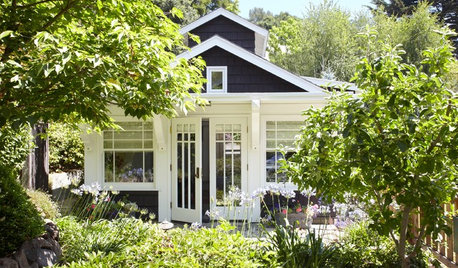
BACKYARD STUDIOS12 Garden Sheds and Cottages We Love Now
Get inspiration from these inviting backyard spaces that house offices, guest quarters, garden storage and more
Full Story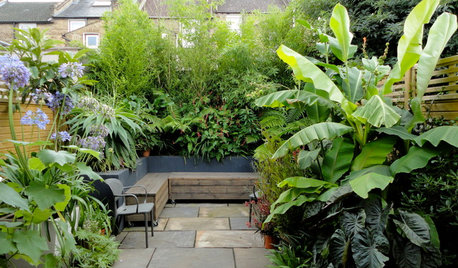
PATIOSHouzz Call: Show Us Your Pocket Patio
How small can you go? We want to see your compact garden designs
Full Story
FALL GARDENINGReflecting on a Gardening Year
Mistakes and successes, surprises and comforts. The garden helps us grow in new ways every year
Full Story
GARDENING GUIDESBackyard Birds: Invite Entertaining Hummingbirds Into Your Garden
Hummingbirds — unique to the Americas — zip through open landscapes seasonally or year-round. Here’s how to attract them
Full Story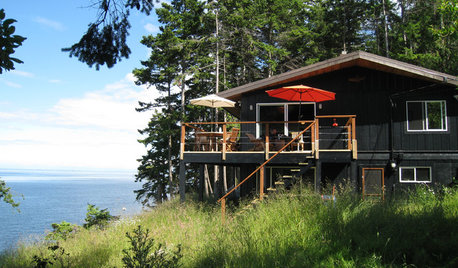
ARCHITECTURE14 Idea-Filled Cottages to Suit Every Mood
Step into a storybook or find character in wildly offbeat colors — these cottages embrace a range of styles and purposes
Full Story








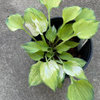
cyn427 (z. 7, N. VA)
thisismelissa
Related Professionals
Baltimore Landscape Architects & Landscape Designers · Brentwood Landscape Architects & Landscape Designers · Avocado Heights Landscape Contractors · Indio Landscape Contractors · Shoreview Landscape Contractors · Wanaque Landscape Contractors · Syracuse Fence Contractors · Ken Caryl Fence Contractors · La Canada Flintridge Fence Contractors · San Mateo Fence Contractors · Ventura Fence Contractors · Westmont Fence Contractors · Albany Solar Energy Systems · Quincy Solar Energy Systems · Saratoga Solar Energy SystemsvaltorrezOriginal Author
dhaven
kentstar
valtorrezOriginal Author
dhaven
yardmom
valtorrezOriginal Author
yardmom
dhaven
Buxas
joannemb
Hosta_Haven
valtorrezOriginal Author
joannemb
dhaven